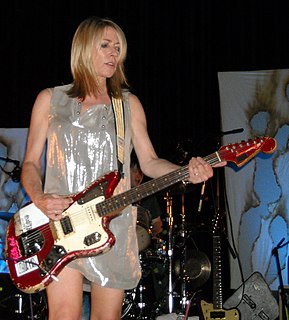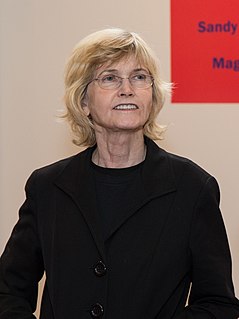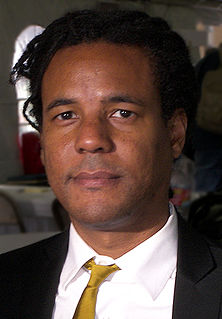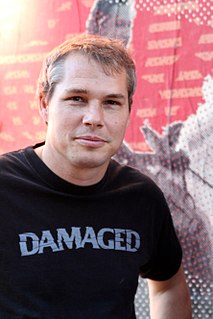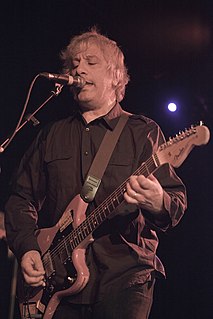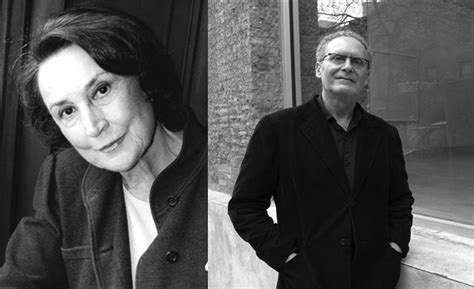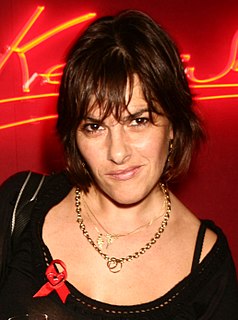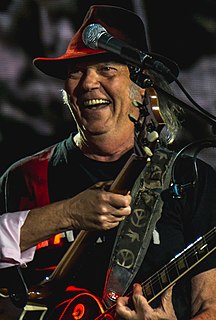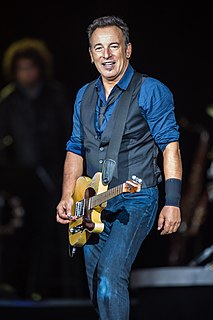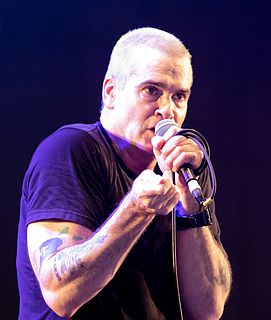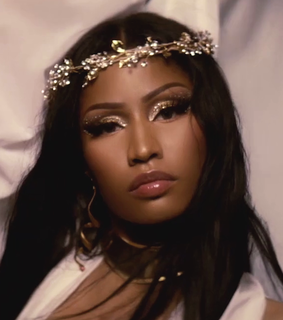A Quote by Kim Gordon
I'm not saying Sonic Youth was a conceptual-art project for me, but in a way it was an extension of Warhol. Instead of making criticism about popular culture, as a lot of artists do, I worked within it to do something.
Related Quotes
The only way to make a criticism of something is to really participate in it. I'm a completely capitalist person. I participate in commodity culture and the fashion world. High art is a money-making vehicle. We're not making art in a vacuum. We're not shopping in the woods. These are all things that we do within the larger system of capitalism. For me to critique it, I'm also participating in it. That's obvious, I feel. In my work, I participate in the things that I critique. I satirize the things that I love and know well and find problematic.
The way I make art - the way a lot of people make art - is as an extension of language and communication, where references are incredibly important. It's about making a work that is inspired by something preexisting but changes it to have a new value and meaning that doesn't in any way take away from the original - and, in fact, might provide the original with a second life or a new audience.
Warhol and other Pop artists had brought the art religion of art for art's sake to an end. If art was only business, then rock expressed that transcendental, religious yearning for communal, nonmarket esthetic feeling that official art denied. For a time during the seventies, rock culture became the religion of the avant-garde art world.
I think the four land artists I showed all worked within a few years of each other. And they were standard bearers, I suppose, for land art. They each did very separate things. Apparently, later in California, a lot of artists started working in that medium and there was something of a rush of earthworks. But I wasn't involved with that.
The visual is sorely undervalued in modern scholarship. Art history has attained only a fraction of the conceptual sophistication of literary criticism. Drunk with self-love, criticism has hugely overestimated the centrality of language to western culture. It has failed to see the electrifying sign language of images.
Pearl Jam is a band I have a lot of respect for. Nirvana and Sonic Youth I feel the same way about. Mumford & Sons, My Morning Jacket, Wilco, Givers, and Foo Fighters are just some of my favorites. I respect bands that give me something of themselves that I can feel. ("Posing" bands turn me off generally speaking.) It all has to do with a feeling I have about them. That is what music is to me, a feeling. It's similar with people too.
